SAARC Nations: An Overview
There is wide geographical imbalance among SAARC nations. India
stands first in the rank on the basis of geographical area with
3,166,829 square kilometres, followed by Pakistan with 804,000 square
kilometres. All the other nations have less than 150,000 square kilo
meters.
Population
The high growth rate of population has led to high population density
in SAARC region, leading to pressure on natural resources, particularly
land. India has the highest population among SAARC nations (870 million
in 1992) and Maldives has the least population (0.23 million in 1992),
with no comparison to that of India›s.

Bangladesh and Pakistan have population around 120 million in 1992,
where as other members (Bhutan, Nepal and Sri Lanka) have a population
less than 20 million in 1992. Bangladesh has the highest density of
population from 1984 to 1992 and Nepal has the least density of
population during the same period.
Only Sri Lanka has an annual average growth rate of population which
is less than 1.50 per cent (1.37 per cent), whereas in all the other
SAARC nations› case it is above two per cent, Maldives having the
highest growth rate of 3.85 per cent. India›s per capita GNP at $350 in
1990 was lower than that of Sri Lanka ($470), largely due to its
population size.
However, the annual average growth rate of GNP of Maldives is the
highest (12.31 per cent) and India›s is the lowest (3.52 per cent).
Economies
SAARC economies are basically rural in nature. Agriculture plays a
vital role in SAARC region. Except for Pakistan and Sri Lanka, where
service sector play a major role than agriculture, in all the other
countries, the contribution of agriculture to GDP is the highest.

However, over the last few decades, it can also be observed that
there is a fall in the relative importance of agricultural contribution
to GDP in SAARC members, except fort that of Nepal where agriculture›s
role has not changed significantly.
It is accepted that economic development entails an expansion of the
secondary sector of the economy. SAARC partners have adopted various
strategies for the expansion of their industrial sectors, or the
diversification of their economies, from production of primary products,
to that of manufactured goods.
As far as Bangladesh, bhutan and India are concerned, industrial
sector and services sector have gained at the loss of agriculture. but,
in the case of Nepal and Pakistan, role of industry has improved at the
cost of agriculture and services sectors.
The prominent trading and commerce activities in Sri Lanka have made
the service sector vital than the agricultural and industrial sectors of
its economy.
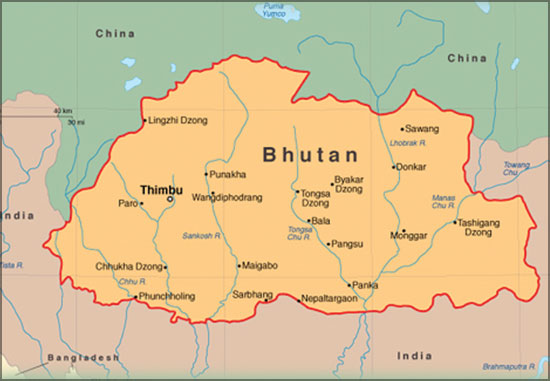
SAARC countries are low-income developing economies. The relevant
economic question of the hour for these nations is whether agricultural
development or industrial development is the appropriate strategy for
accelerating their economic development. SAARC nations lean or tends to
lean more towards industrial development than agricultural development,
because of the belief that rich countries are believed to be rich
because they are industrialised; and poor countries are believed to be
poor because they are primary-producing.
Thus, SAARC nations are keen in expanding and developing the
industrial sectors of their economies.
Agricultural Productivity
Agriculture continues to be dominant in all the member countries
though the secondary and tertiary sectors show a rising trend.
Productivity of cultivable land is reflected in the form of yield of
crop per unit area. India›s productivity with respect to wheat,
vegetables and pulses is higher compared to other SAARC counties.

Productivity of tobacco was highest in Pakistan; paddy was highest in
Sri Lanka; in the case of millets Nepal was the highest; and
productivity was two times higher in Bhutan compared to other member
states.
Political Relations
One point of view with respect to economic co-operation is that
unless the political matters are settled first, there is little scope
for fostering regional economic co-operation.
Thus, political factors do play a vital role which has a bearing on
economic and other matters. Say, for example the cold war like situation
between India and Pakistan definitely has a high level of correlation on
other matters too.
Similarly, the unsettled issues of Indian origin Tamils in Sri Lanka
and issues of Indian origin Tamils in India also has a say in Indo-Sri
Lankan co-operation. Further, the ethnic issues in Sri Lanka has worsen
Indo-Sri Lankan relations.
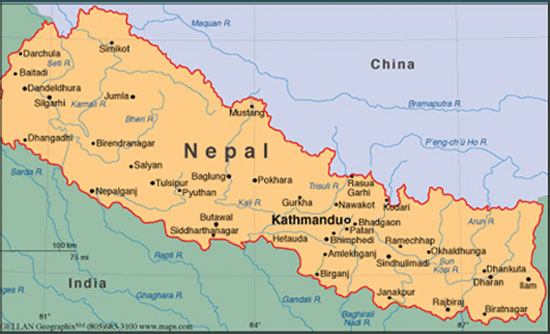
Disparity in Foreign Trade
Since inception, SAARC did not witness any dramatic changes in trade
and other economic linkages within the region. The total intra-trade of
SAARC countries was minimal (around 3 per cent) when SAARC was first
established and it still remains small.
Manufactured goods play a major role in both the exports as well as
the import structure of member countries of SAARC.
Approximately it is around 60 per cent in the case of exports (except
Sri Lanka where food items do have a major role) and above 50 per cent
in the case of imports.
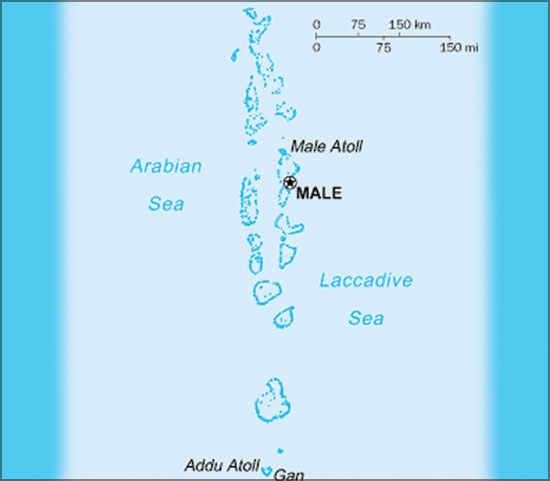
Most of the SAARC countries have been dependent on the production and
export of a few primary commodities for the expansion of their
economies. A major share of their international trade is also based on
the export of these primary products, and the import of raw materials
and other capital goods, required for the export sector, as well as for
other sectors of the economy.
As far as trade statistics is concerned, India›s export and import
values are the highest with respect to the world and Asia, among SAARC
members. Trade within SAARC : - Major portion of exports of Bangladesh
is to Pakistan; India is to Bangladesh; Pakistan is to Bangladesh; and
Sri Lanka is to Pakistan.
On the other hand, major portion of imports of Bangladesh is from
India; India is from Pakistan; Pakistan is from Bangladesh; and Sri
Lanka is from India. It has to be noted that the proportion of trade
flows within the SAARC region are small and there exists low growth rate
within region.
A noteworthy factor for low inter-regional trade is the competitive
nature of the SAARC members in the global market.
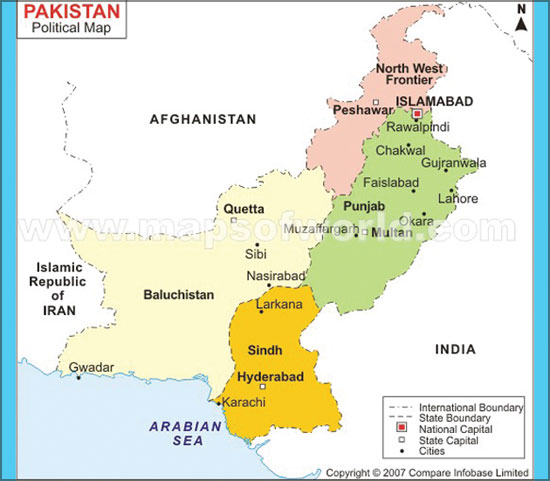
For example: India, Bangladesh and Sri Lanka compete with respect to
tea; India and Bangladesh compete with respect to jute; India, Pakistan
and Sri Lanka compete with respect to ready wear products; etc. Thus,
this calls for a unified marketing strategy by SAARC members in order to
compete in the global market for mutual benefit.
Prospects for Better Co-operation
Though there exists certain differences among SAARC member states,
such as, geographical and population imbalances, they have many factors
in common - rural economies, low income, population pressure,
unemployment, geographically neighbour states and dependence on external
debt, to name a few.
Even though diversification was mooted as a remedy for low level
growth of exports, SAARC nations dependence on exports of manufactured
goods are back in a situation of low growth. Therefore, benefits of
export expansion may have to be evaluated against the present level of
protectionist tendencies.
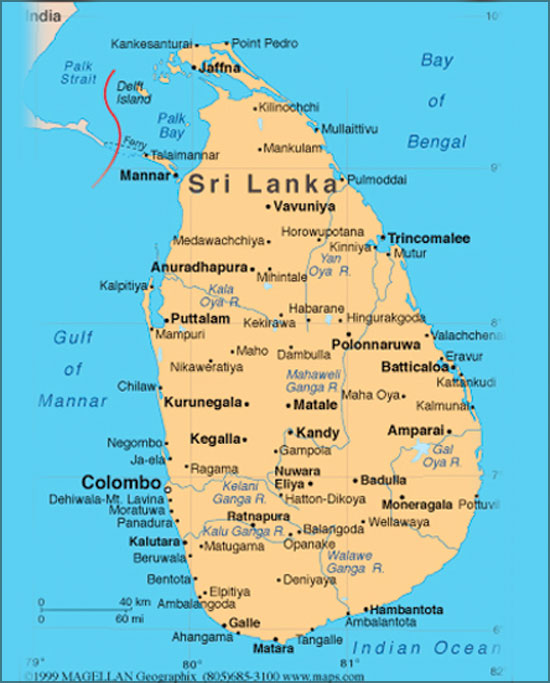
Thus, high nominal tariffs on a variety of non-tariff barriers such
as quantitative restrictions, fiscal charges and discriminatory
practices and outright ban on imports has to be avoided among SAARC
members. Also, SAARC must deal with the world›s major trading blocks as
a composite unit in order to maximise the gains of trade for both sides.
An efficient and better communication net work, among SAARC partners,
which can give information in terms of export potentials, import needs,
domestic economic policies, tariff and non-tariff barriers,
infrastructural facilities, demand and supply situation and investment
opportunities will help for a better economic co-operation and regional
development.
A proper financial and institutional frame work such as, for
instance, a bank for the countries of the region or the establishment of
capital markets of regional importance will lead to a better financial
flow among SAARC economies.
Regional economic co-operation can help in optimum utilisation of
capabilities and resources available in the member states, reduction of
dependence on external world; opening up avenues of industrialisation
for smaller countries; and strengthening of negotiating capabilities
vis-a-vis rest of the world.
Thus, SAARC members should agree to follow, and follow an economic
policy with more realistic attitude and with strong political will to
boost up the economic development and peace of the region.
|

